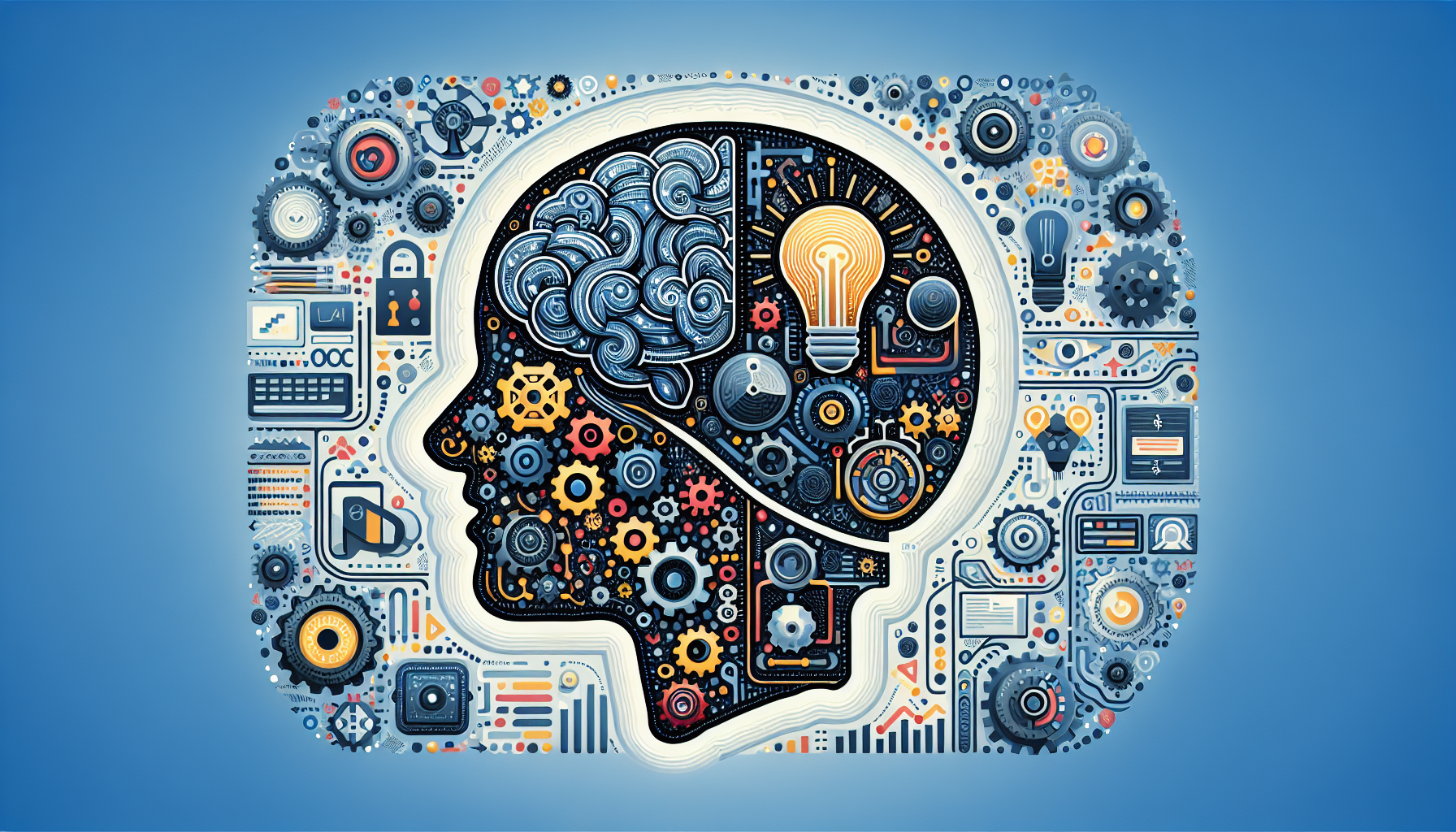The Intersection of AI and Automation: Opportunities for Business Innovation
Understanding AI and Automation
Artificial Intelligence (AI) refers to systems or machines that simulate human intelligence to perform tasks and can iteratively improve themselves based on the information they collect. Automation, on the other hand, involves the use of technology to perform tasks with minimal human intervention, often enhancing productivity and efficiency within operations. The convergence of these two domains creates substantial opportunities for businesses to innovate and drive growth.
Enhancing Operational Efficiency
Streamlined Processes
The adoption of AI-driven automation in business processes allows for the elimination of bottlenecks. AI algorithms can analyze workflows, identifying redundancies and providing insights that lead to streamlined operations. For instance, intelligent process automation (IPA) combines AI with traditional automation, allowing businesses to not only automate repetitive tasks but also make decisions based on data-driven insights. Companies report reduced operational costs and shortened cycle times, greatly enhancing overall productivity.
Predictive Maintenance
AI-enabled automation facilitates predictive maintenance in industries such as manufacturing and logistics. By analyzing data collected from IoT sensors, AI can forecast equipment failures before they occur. This proactive approach minimizes downtime, significantly reducing maintenance costs and improving equipment lifespan. Such predictive capabilities empower businesses to adopt a more strategic approach to asset management.
Data-Driven Decision Making
Enhanced Analytics
AI excels at processing large volumes of data and identifying trends that may not be immediately apparent to human analysts. Businesses can utilize AI tools to parse through historical and real-time data, delivering actionable insights that drive informed decision-making. For instance, retail companies implement AI analytics to understand customer preferences, optimize inventory levels, and customize marketing strategies, thereby enhancing customer satisfaction and loyalty.
Dynamic Pricing Strategies
AI can facilitate automated, dynamic pricing strategies that adjust in real time based on market conditions, competitor pricing, and consumer behavior. By integrating automation into pricing models, businesses can maximize profit margins while remaining competitive. This doesn’t just stop at retail; service industries also leverage dynamic pricing based on demand fluctuations, significantly optimizing revenue management.
Improving Customer Experience
Personalized Interactions
AI-powered chatbots are revolutionizing customer service by providing immediate, round-the-clock assistance. These bots utilize natural language processing (NLP) to understand and respond to customer inquiries effectively. By analyzing past interactions, they can suggest relevant products or services, offering a personalized shopping experience. This not only enhances customer satisfaction but also drives sales conversions.
Sentiment Analysis
Understanding customer sentiment through AI technologies allows businesses to fine-tune their offerings and marketing strategies. AI can analyze feedback, social media posts, and reviews to gauge public perception. By automating sentiment analysis, companies can swiftly respond to emerging trends or issues, ensuring they remain attuned to customer needs and concerns.
Workforce Transformation
Upskilling and Reskilling
The integration of AI and automation in the workplace often leads to a shift in job requirements. Businesses are increasingly investing in upskilling their workforce to work alongside automated systems. Employees are trained not only to manage AI tools but also to interpret data insights that these tools generate. This creates a knowledgeable workforce equipped to drive innovation and adapt to changing market dynamics.
Redefining Roles
AI implementation changes job roles within an organization. Routine tasks are typically automated, allowing employees to focus on higher-level strategic work that requires critical thinking and creativity. This not only enhances job satisfaction but also maximizes human potential, fostering a culture of innovation that propels the business forward.
Enabling Agile Business Models
Rapid Adaptation to Market Changes
In today’s fast-paced environment, businesses must pivot quickly to remain competitive. The synergy between AI and automation provides agile frameworks for operations. Companies can model scenarios and simulate outcomes using AI, allowing them to craft effective strategies that adapt to market flux. Automation ensures that operational adjustments can be executed efficiently and with minimal delay.
Fostering Innovation
AI serves as a catalyst for innovation in product development. Businesses can utilize AI to conduct extensive R&D with simulations and data analytics, significantly lowering the time to market for new products. Automation complements this by improving the manufacturing process, ensuring that new products not only meet market needs but are also produced efficiently and cost-effectively.
Implementation Challenges
Integration with Existing Systems
Despite the numerous benefits, businesses face significant challenges when integrating AI and automation into their existing frameworks. Legacy systems may not readily support new technologies, requiring substantial investment and strategic planning for a seamless transition.
Data Privacy and Security Concerns
With the rise of AI comes the increased risk of data breaches. Companies must navigate complex regulations regarding data privacy and ensure that their use of AI tools complies with legal standards while maintaining customer trust.
Conclusion
The intersection of AI and automation presents unparalleled opportunities for business innovation across various sectors. By leveraging these technologies, businesses can enhance operational efficiency, improve customer satisfaction, and foster a culture of continuous improvement and adaptation. As leaders in industry embrace the shift towards AI-driven automation, those who successfully navigate the challenges will undoubtedly position themselves ahead of the competition in an evolving marketplace.


